Tag: geological
-

Burn o’Vat
As the world grew warmer at the close of the last Ice Age, powerful rivers coursed beneath the melting glaciers. Boulders and gravel tumbled along these currents, scouring the riverbed with relentless force. The water, under immense pressure, surged through fissures in the harder rock, forming powerful whirlpools akin to a giant plughole. Over centuries,…
-
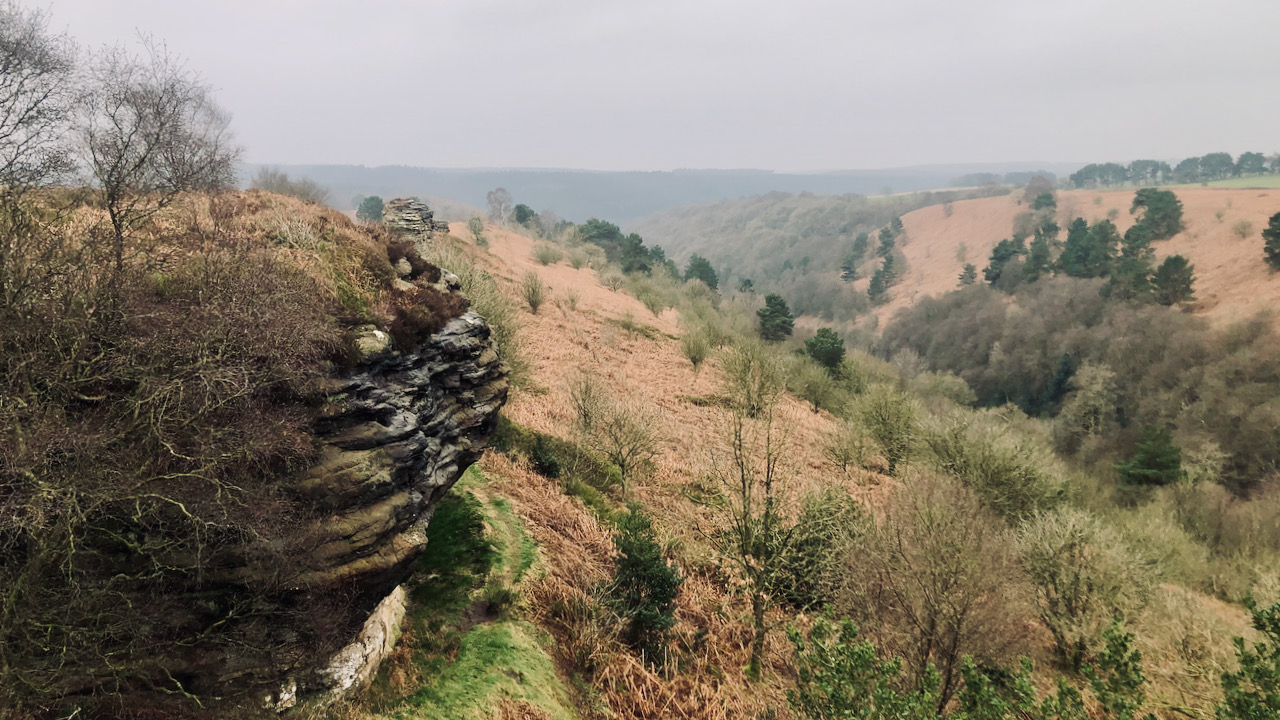
Dovedale Griff
On the weather front, a rather dreary day unfolded with the National Trust at Bridestones. Nevertheless, a new view for me as I stood atop one of the High Bridestones, gazing down upon the narrow upper stretch of Dove Dale, also known as Dovedale Griff. Beneath me, the valley slopes will, in a few months,…
-

Wind, Rain, and the ever-changing Bridestones
The geological makeup of the North York Moors primarily comprises strata of sedimentary rock, deposited beneath the waters during the Jurassic Age. As the Jurassic sea level rose and fell, rocks of various densities were left. Over time, wind and rain tirelessly eroded away at these rocks, reshaping the landscape. Here at the Bridestones, the…
-
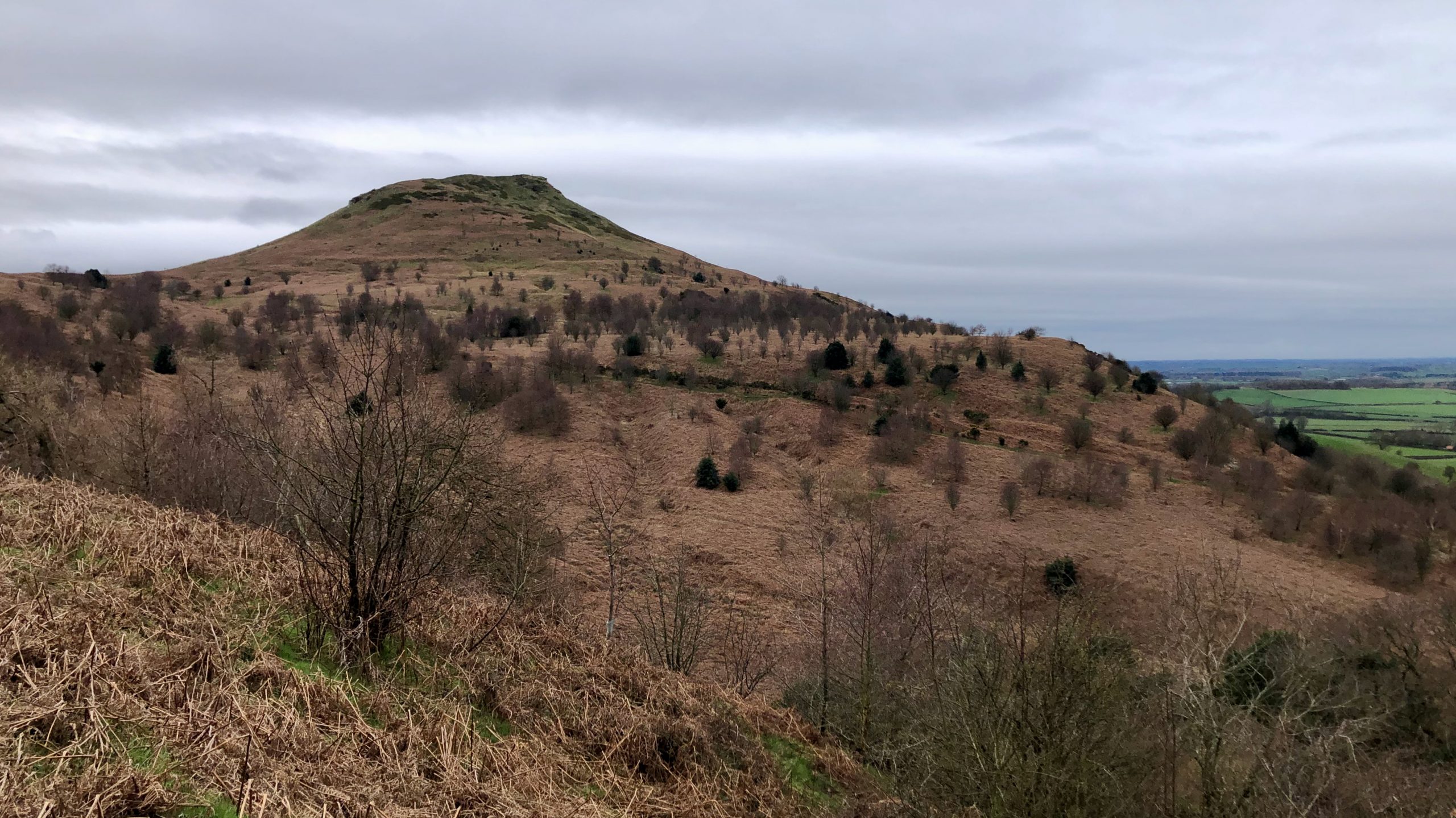
Roseberry Common: Reliving an old training route over the bracken
One of my favourite training routes used to be a circuit around Roseberry Common, where I would carefully choose the best path through the varied terrain. I like to revisit this route before the bracken becomes too thick to navigate. When I look at the Topping from this viewpoint, the dominant colours are those of…
-
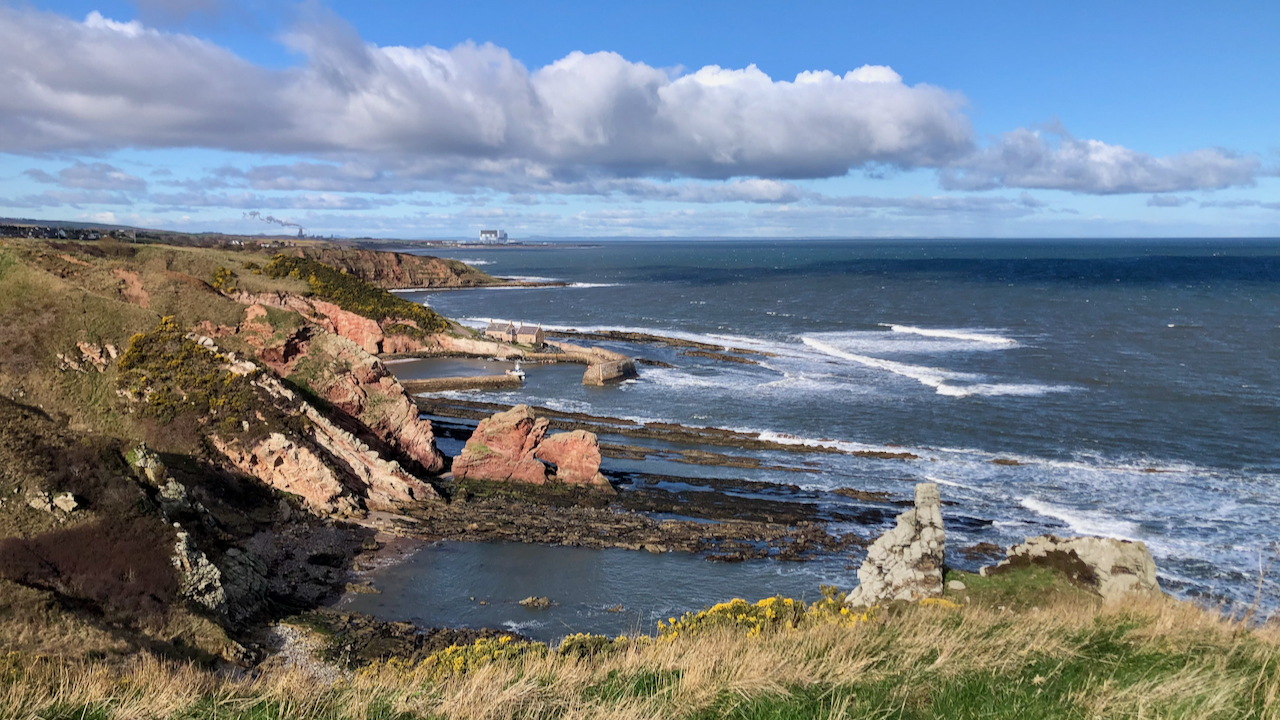
The coastline near Cove
The Berwickshire coastline is a rugged and untamed stretch of land that is a favourite destination of ours for a refreshing break during a northbound journey, offering ample opportunities for exercise and fresh air. These breathtaking views along the coast are the result of millions of years of sedimentary rock formation during the Palaeozoic geological…
-
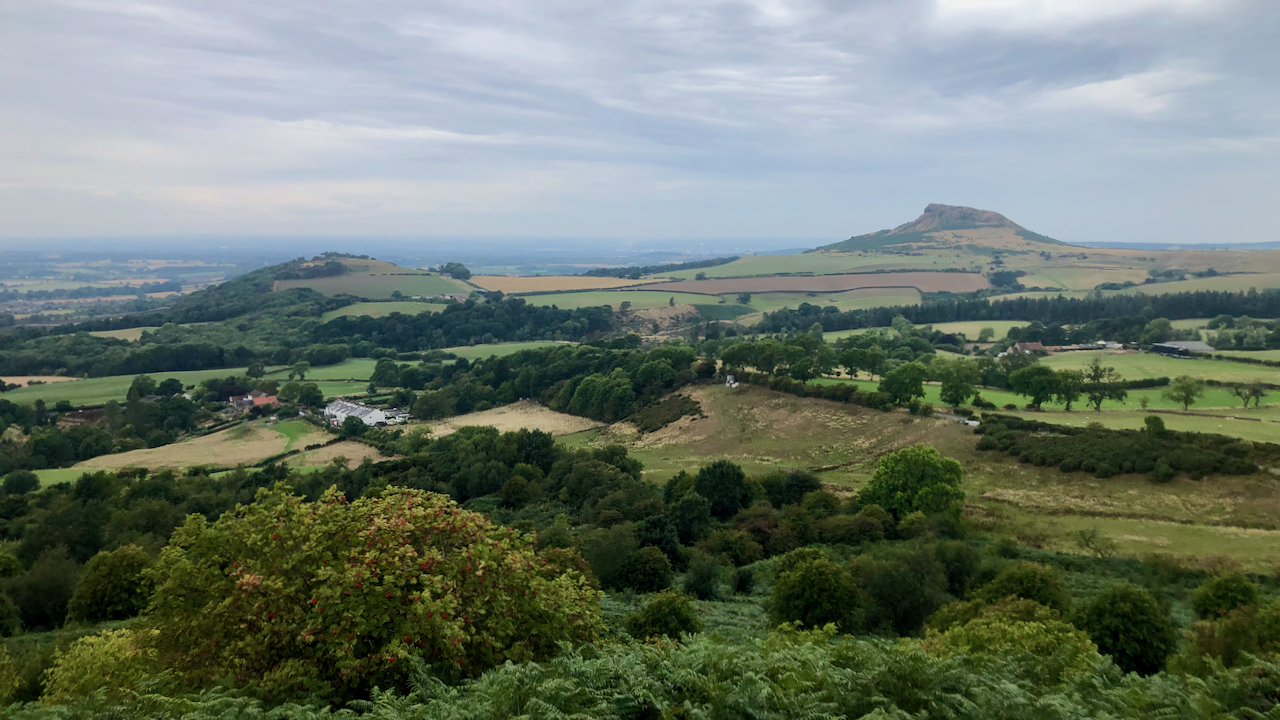
Devensian musings
I have mentioned many times of the great Devensian ice sheet which flowed over the Pennines at the Stainmore Gap, spilling out into what would become the Vale of Cleveland. And it is also common knowledge that the glacier did not flow over North York Moors, which became an island in a sea of ice,…
-
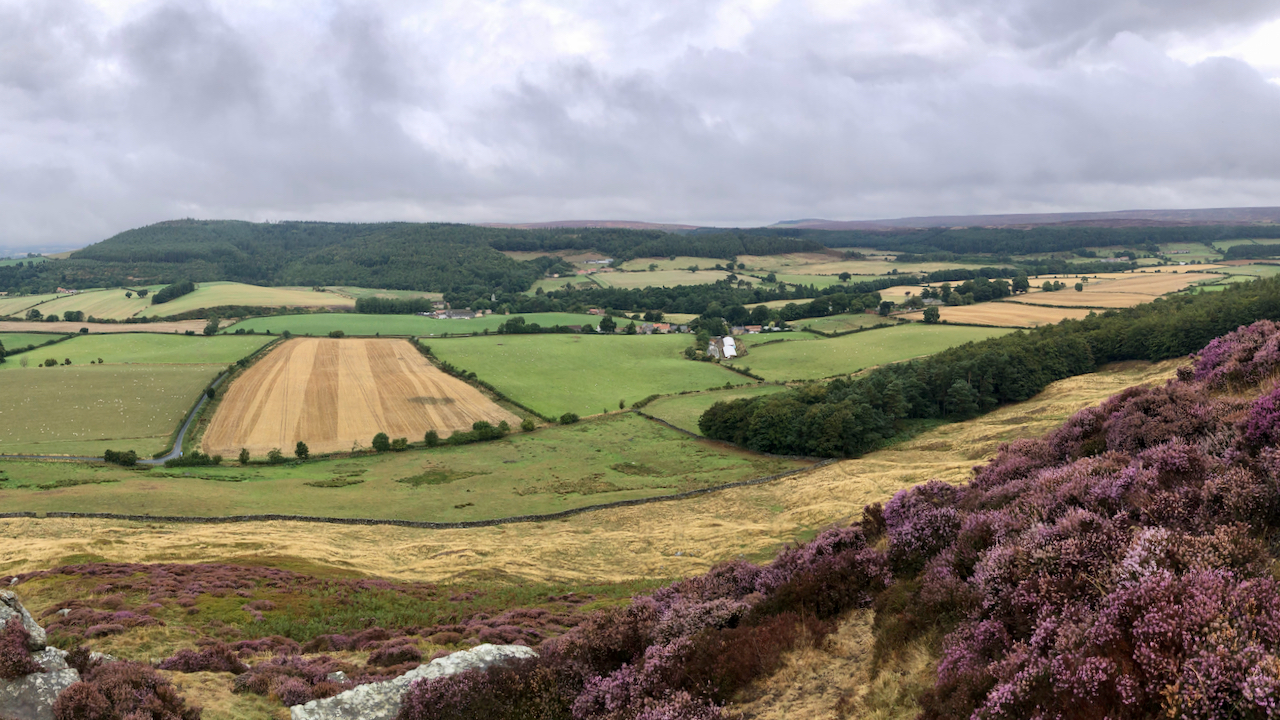
Kildale
An autumnal morning. Once the cloud had dissipated, the top of Park Nab opened up a full view of this interesting valley once flooded, dammed up by the Tees ice sheet. The slight high ground on the valley floor to the left is a terminal moraine and the furthest extent of the glacier. Here marks…
-
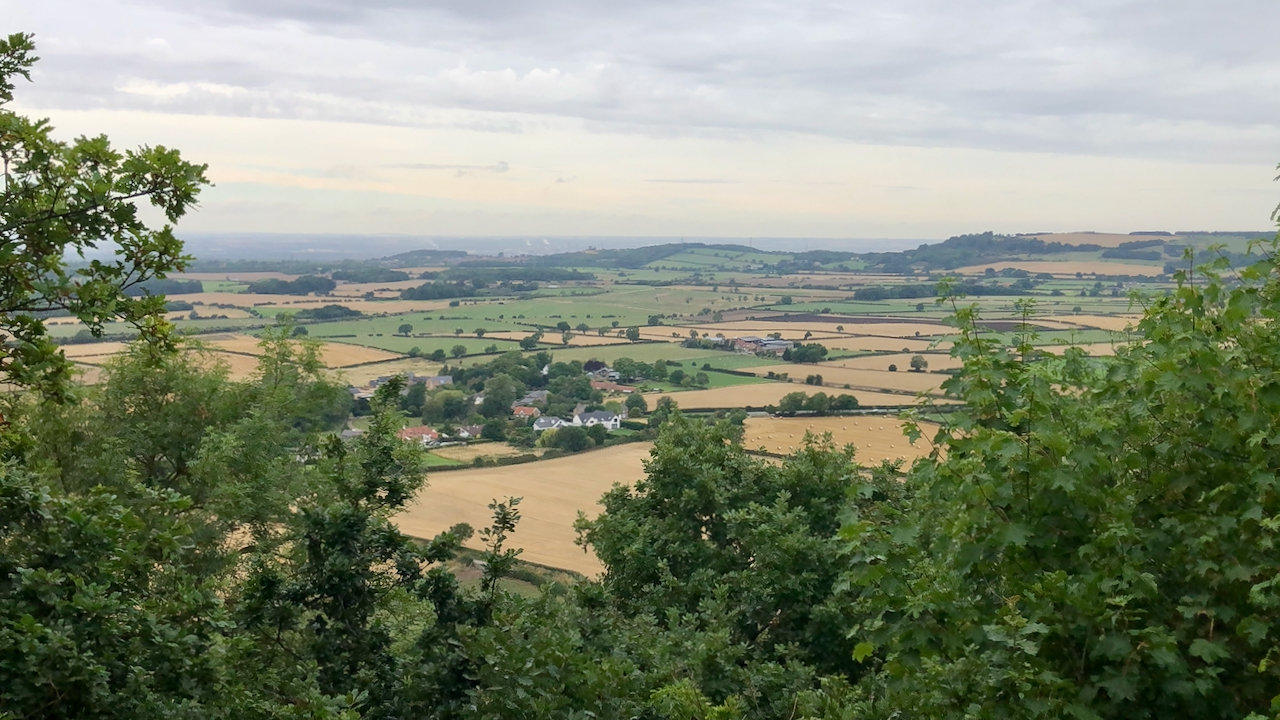
The foothills of Eston Moor
I’d like to say that it was the two small hills across the vale of Cleveland caught my attention, but it was actually the two cols; cols through which the roads of Ormesby Bank and Flatts Lane pass. The hills though — but perhaps ‘knoll‘ is a better word, ‘hill‘ sounds much too lofty — …
-
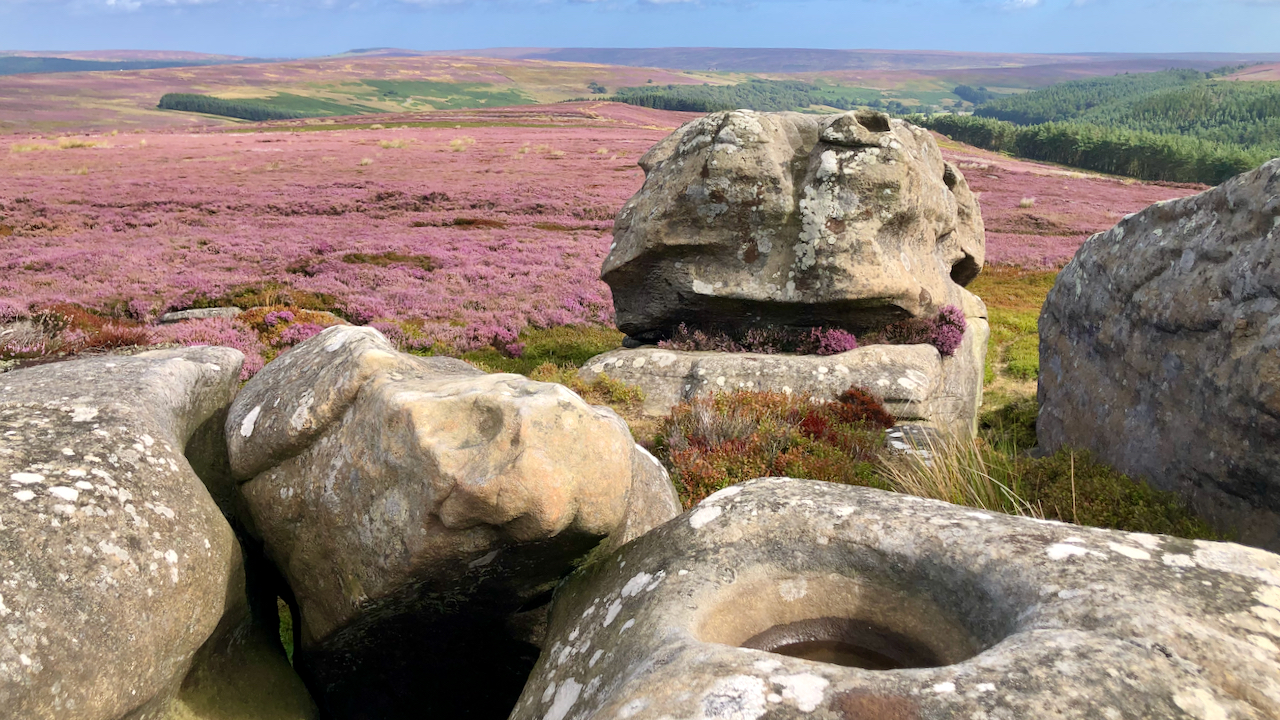
The Cheese Stones’ rock fonts
Elgee suggests the name Cheese Stones , “probably” originates because the rock was used in local cheese presses. Now that may be the case but I do not understand why rock from this particular outcrop should be used for pressing cheeses. In the same article, appearing in the Northern Weekly Gazette in 1902, the future…
-
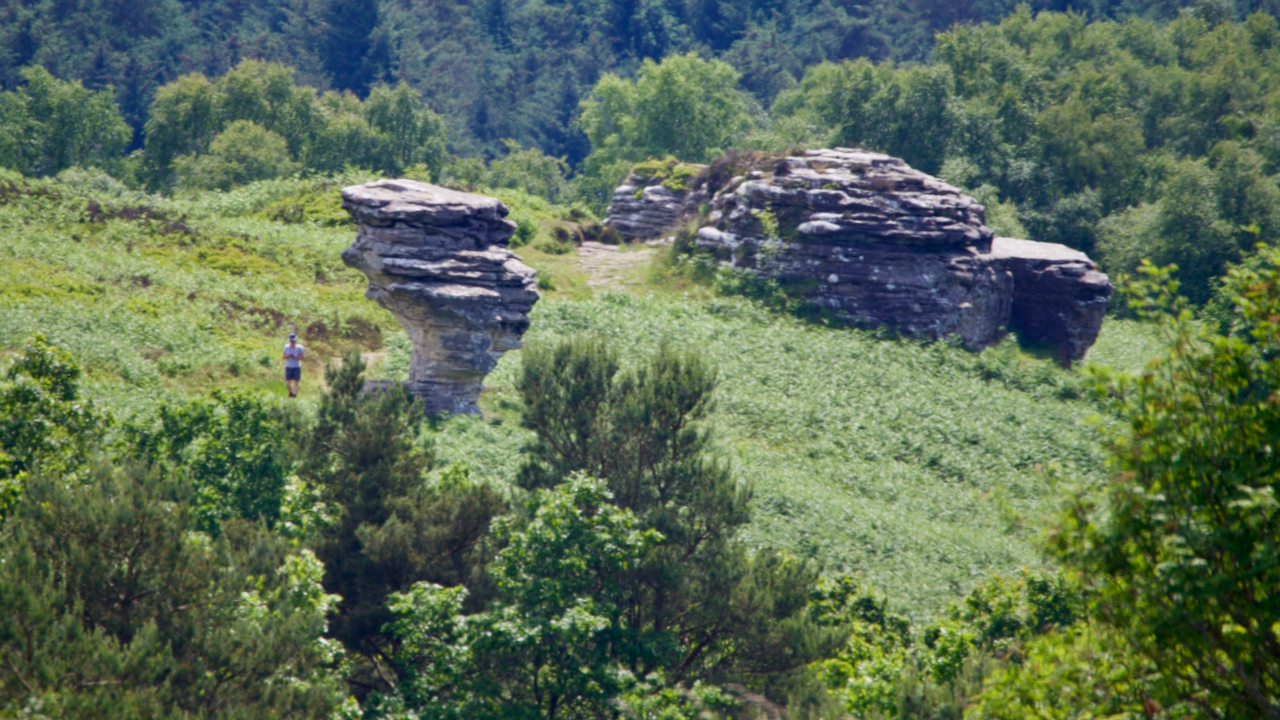
Low Bride Stones
150 million years ago, as the Jurassic seas advanced and retreated, rocks of differing densities were laid down on the sea bed with a hard gritstone laying over softer sandstones. The sandstone under the weathered more easily resulting in these fascinating tors. A myth that is often quoted is of a petrified bridal party that…